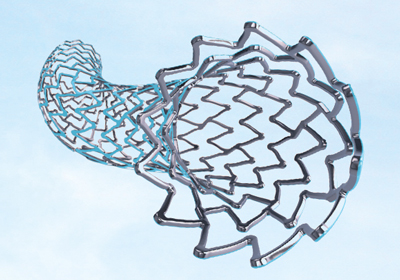
Type of Stents
Understanding the Different Types of Coronary Stents Used in Cardiac Patients
Coronary Stents
Types of Coronary Stents
The different types of coronary stents offer a range of options for healthcare providers and patients when it comes to the treatment of CAD . Understanding the differences between these stents help healthcare provider make informed decisions about the best treatment options for their patients, while also helping patients be more informed and engaged in their medical care. With ongoing advancements in stent technology, we expect to see continued improvements in patient outcomes with coronary artery disease.
Frequently Asked Questions
What is a coronary stent?
A coronary stent is a small, metallic mesh tube used to treat narrowed or blocked coronary arteries. It is inserted into the artery during a minimally invasive procedure called angioplasty to help restore blood flow to the heart muscle.
Why are coronary stents used?
Coronary stents are the treatment options for coronary artery disease as blood vessels that supply the heart with oxygen and nutrients get blocked due to plaque buildup. Stents help keep the arteries open, improve blood flow, relieve symptoms like chest pain (angina), or reduce the risk of a heart attack.
How is a coronary stent implanted?
Implanting a coronary stent is called percutaneous coronary intervention (PCI) or angioplasty. A thin, flexible catheter with a balloon and the stent is threaded through a blood vessel to the blocked artery, usually in the groin or wrist. The balloon is inflated to open the artery, and the stent is expanded to fit against the artery walls. The balloon is deflated & removed, leaving the stent in place to support the artery.
Are there different types of coronary stents?
Yes, there are two main types of coronary stents: bare-metal and drug-eluting. Bare-metal stents are made of metal alone and provide structural support. Drug-eluting stent is coated with medication that helps to prevent the re-narrowing of the artery (restenosis) by reducing the growth of scar tissue. Your doctor will determine the most suitable type of stent based on your medical condition.
What are the risks & complications associated with coronary stents?
While coronary stents are generally safe and effective, there are some risks and potential complications. These can include blood clot formation (stent thrombosis), bleeding at the insertion site, allergic reactions to stent materials, and restenosis. To minimize these risks, following your doctor’s instructions regarding medications, lifestyle changes, and regular follow-up appointments is important. Remember, it’s crucial to consult your healthcare provider for personalized information and guidance regarding coronary stents or any medical concerns you may have.
Subscribe to Platinum For Heart Newsletter
Sign up now and get free access to our monthly newsletter on Heart health & More
Sources:
1. https://www.apollohospitals.com/lets-talk-health/heart-attack/different-types-of-coronary-stents
2. https://www.maxhealthcare.in/blogs/heart-care/understanding-types-stents
3. https://www.manipalhospitals.com/blog/types-of-stents-used-in-cardiac-patients
4. https://www.medanta.org/patient-education-blog/des-coronary-stent
Disclaimer: The information presented by Boston Scientific Corporation is for educational purposes only and does not recommend self-management of health issues. The information should not be treated as comprehensive and does not intend to provide diagnosis, treatment or any medical advice. Individual results may vary and hence, it is advisable to consult your doctor regarding any medical or health related diagnosis or treatment options.
IC-1626003AB-0623

